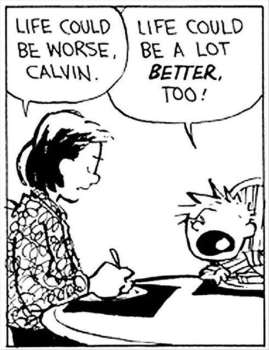Blogs tend towards conversational and quotative reuse, which is great for some subject areas, but not so great for others. Wiki feeds forward into a consensus process that provides a high level of remix and reuse, but at the expense of personal control and the preservation of divergent goals. Wikity takes lessons from federated wiki, combining the individual control of blogging with the permissionless improvement of wiki.
Mike Caulfield introduces http://wikity.cc, a personal wiki platform in which editing is blog-like (it runs on WordPress), but pages can be easily copied and remixed.
I am particularly excited about ways it might be used to help faculty and students to collaborate on OER across institutions.
